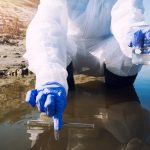How do you feel about living in a house made from fungi? And no, we are not referring to the green mold, rot, or decay form of fungi. Of course not! We are talking about something a little more advanced, and it’s called mycocrete.
Mycocrete is a durable building material made from mixing fungi (or mycelium) with other organic stuff. Talking about killing two birds with a stone, this long-lasting and low-carbon substance might just be how humanity saves the planet while keeping our roofs over our heads. Follow closely till the end to understand why.
Mycocrete: A Way To Live Close To Earth
With mycocrete, humans will get to live like mythical gnomes, close to the earth. Alongside the fact that using concrete to build our homes can become a thing of the past, we’ll get to enjoy a cleaner and more sustainable earth.
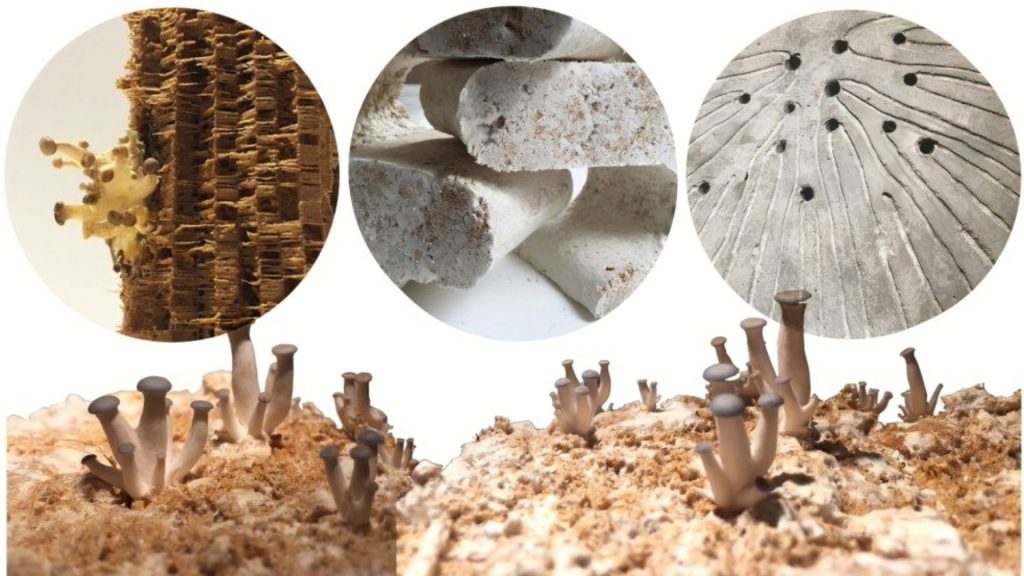
Researchers have described this revolutionary material as a paste obtained from the roots of fungus.
Researchers At Newcastle University Made The Discovery
We might never have heard about the possibility of building structures from fungal networks if not for the work of some professionals at Newcastle University, U.K. The team was made up of designers, scientists, and engineers in the Living Textiles Research Group.
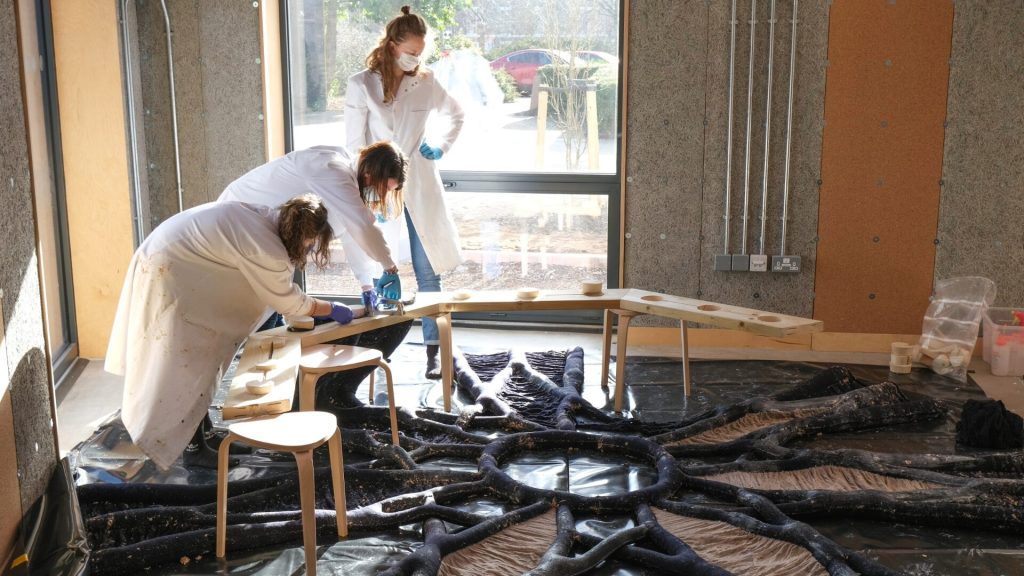
Having recorded significant progress in smaller structures, the goal of this team of experts is to further develop lighter-weight buildings.
How Mycocrete Can Save Our Planet
If mycocrete goes mainstream, it would be a sustainable way to build our homes. How? You might ask. Well, here is a statistic to put things in perspective. The concrete industry contributes almost 4.4 billion tons of air pollution to our planet every year. With this bio-fabricated material replacing concrete, we can expect a greener environment.
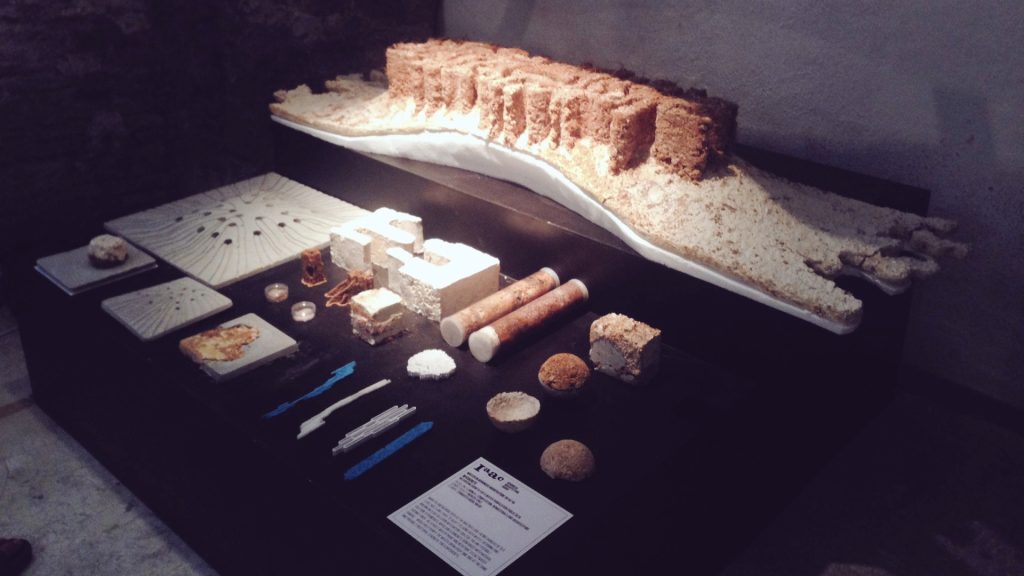
Alongside the fact that it eliminates the need for concrete, the resulting structures from mycocrete are usually lighter in weight.
Mycelium: The Genesis
Mycelium is the vegetative part of a fungus, and it is known for its growth properties. The power of these tiny strings to transport water and other nutrients is what was leveraged to create mycocrete.
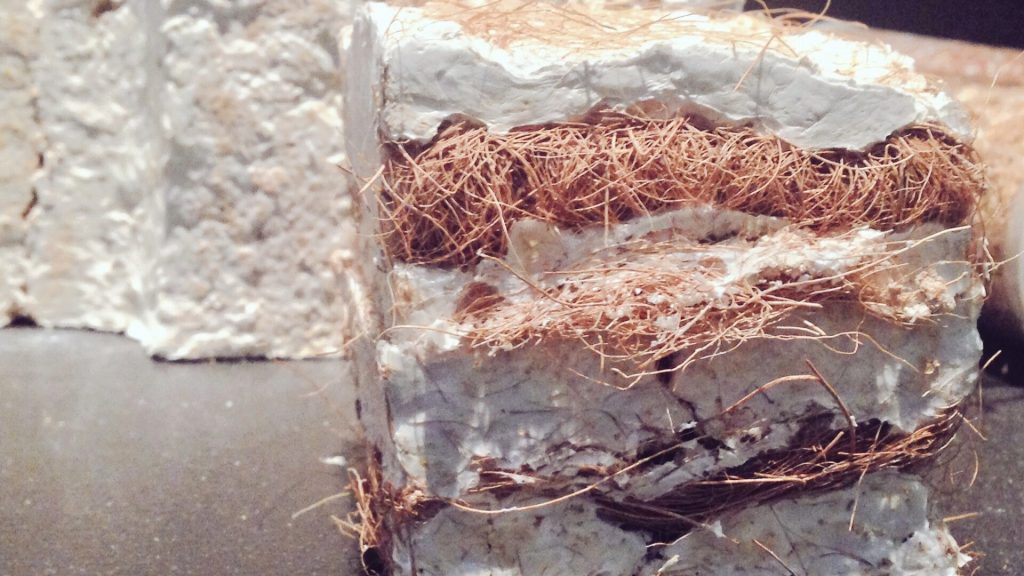
If you love mushrooms, you should give some kudos to mycelium because these tiny vegetations are responsible for the existence of mushrooms.
The Process Behind Mycocrete
In the biological process that births mycocrete, researchers mix mycelium spores with material like grains, wool, cellulose, and sawdust that the fungi can feed and grow on. The setup is then placed in a moist, warm, and dark place – like your basement.
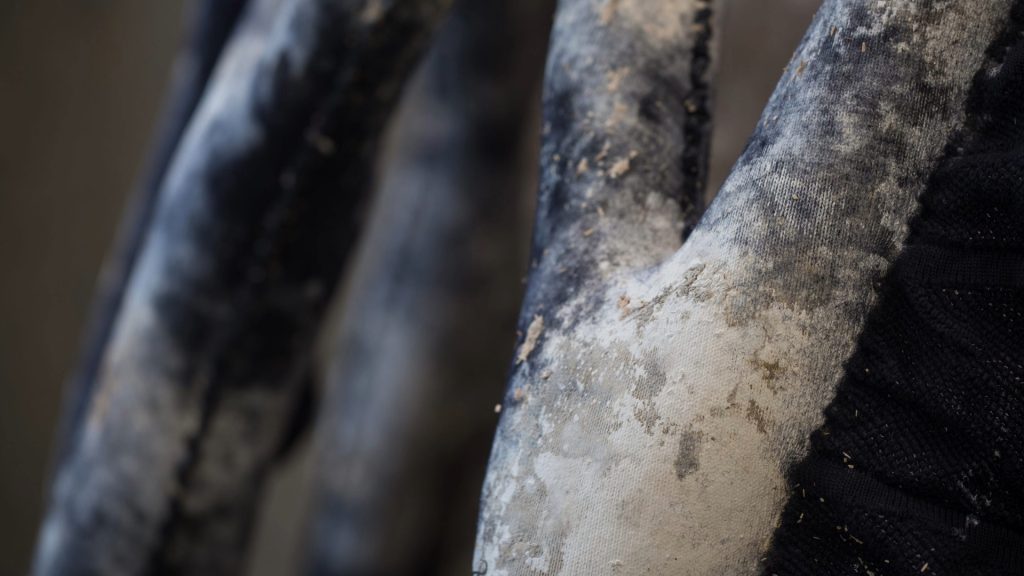
The mycelium grows until it tightly binds with the substrate, just before the mushrooms would show. Afterward, the mixture is dried and can be used like plastic, foam, timber, and other building materials.
The Mycocrete Innovation
The challenge with the usual mycocrete creation method is that poor exposure of the mycelium to oxygen constrains its shape and size. Thankfully, the use of knitted textiles has come to save the day.
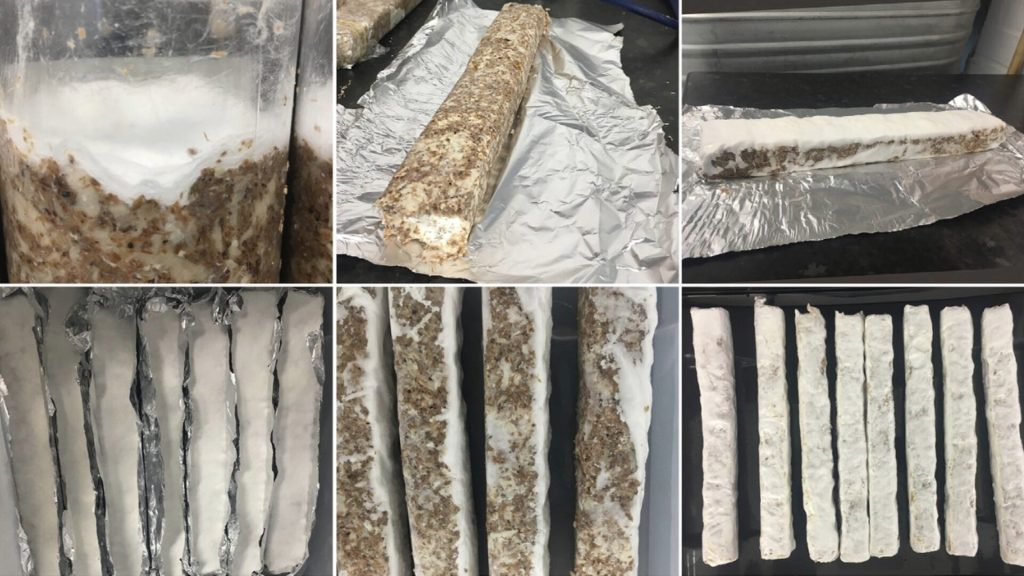
In this innovation, mycocrete is formed by hanging tube-shaped woven molds from a frame. Mycelium is then injected into the framework to synthesize the environmentally friendly mycocrete. This process allows more air into the setup to ensure optimal production of the needed biomaterial.
BioKnit: A Proof Of The Innovation
The team at Newcastle put the mycocrete innovation process to the test by building BioKnit. It’s like a birdcage, and the university has shared a picture of it with two people sitting inside.
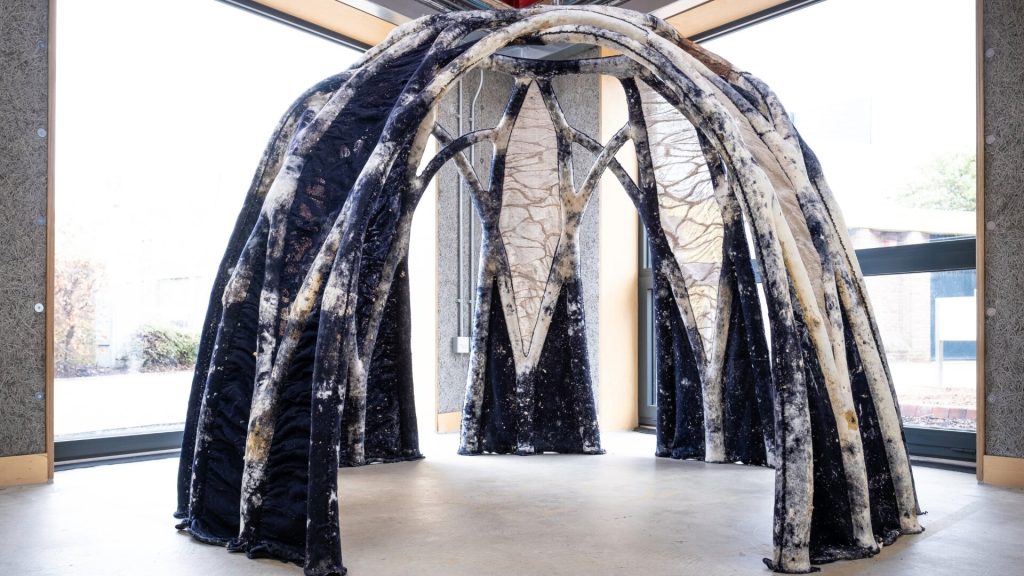
The experts describe their creation as a “complex freestanding dome constructed in a single piece without joins that could prove to be weak points, thanks to the flexible knitted form.”
What The Experts Are Saying
One of the researchers of this innovation, Jane Scott, has shed some light on the breakthrough this development would provide.
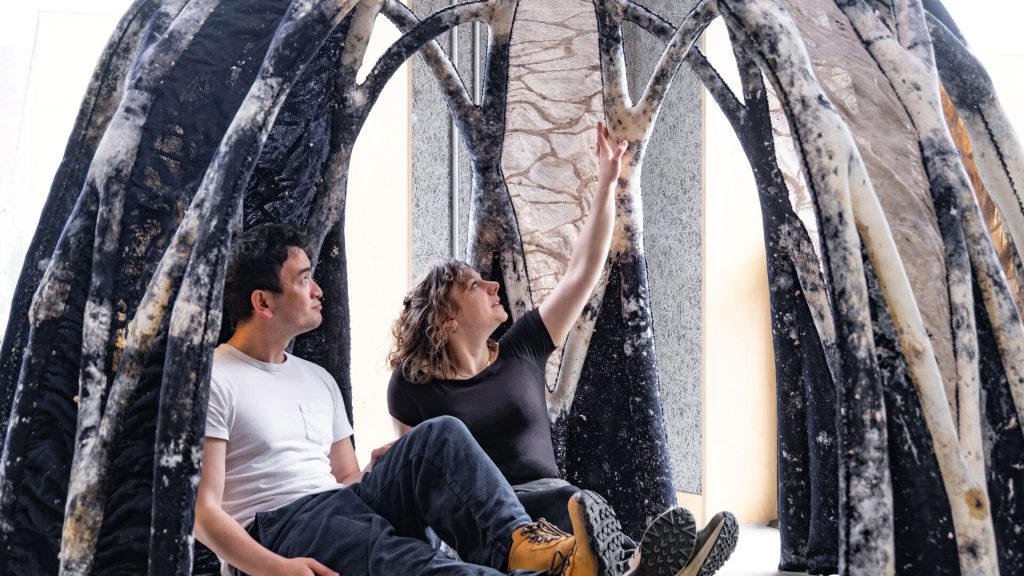
She said, “Our ambition is to transform the look, feel, and well-being of architectural spaces using mycelium in combination with bio-based materials such as wool, sawdust, and cellulose.”
It’s Strong And Flexible
The scientists at Newcastle subjected mycocrete to strength, tension, compression, and flexion tests, and the observations were impressive.
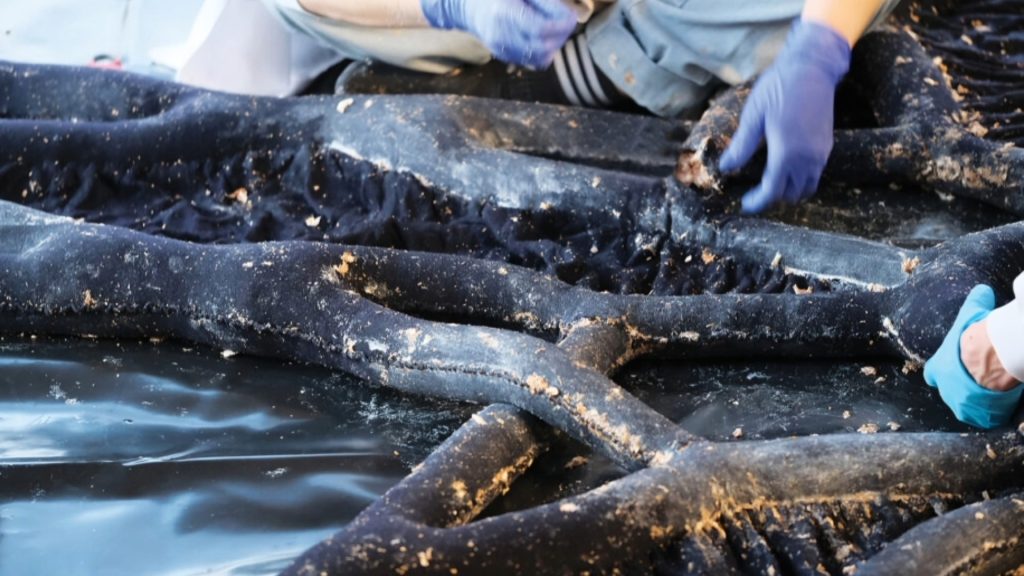
According to Scott, “The mechanical performance of the mycocrete used in combination with permanent knitted formwork is a significant result, and a step towards the use of mycelium and textile biohybrids within construction.”
The Success So Far
One thing that separates mycocrete from other biomaterials is that it is flexible, mouldable, and almost weightless. As such, in comparison with other textile processes, you can knit 3D forms without seams and waste.
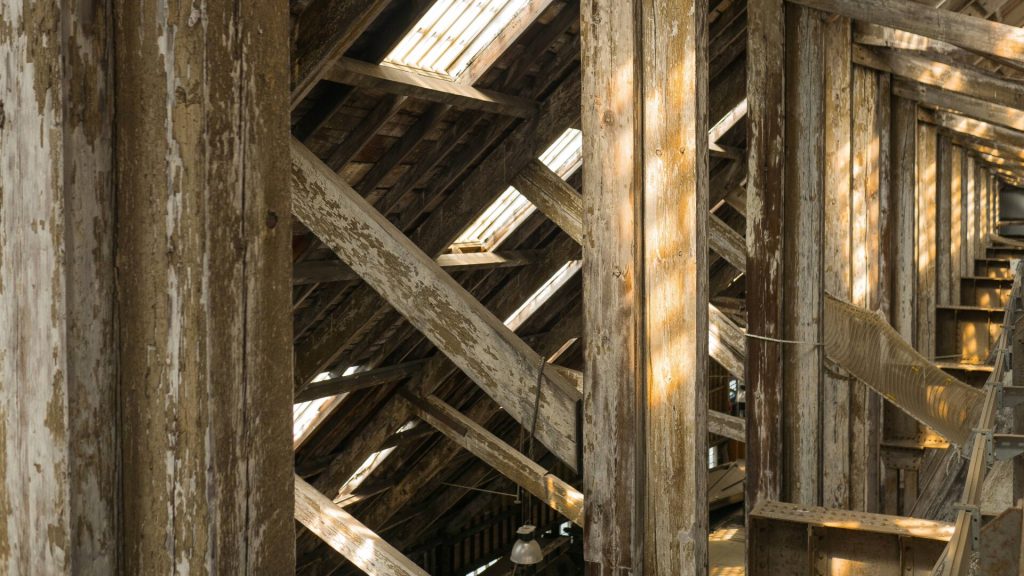
Mycocrete structures have proven to be stronger than regular mycelium composite structures. Additionally, the samples grown using the knitted textile got enough oxygen and shrank the least when dried.
We Need The Right Mix
The potential of mycocrete is undeniable, but scientists will have to come up with the right mycelium mix that will make mainstream building a reality.
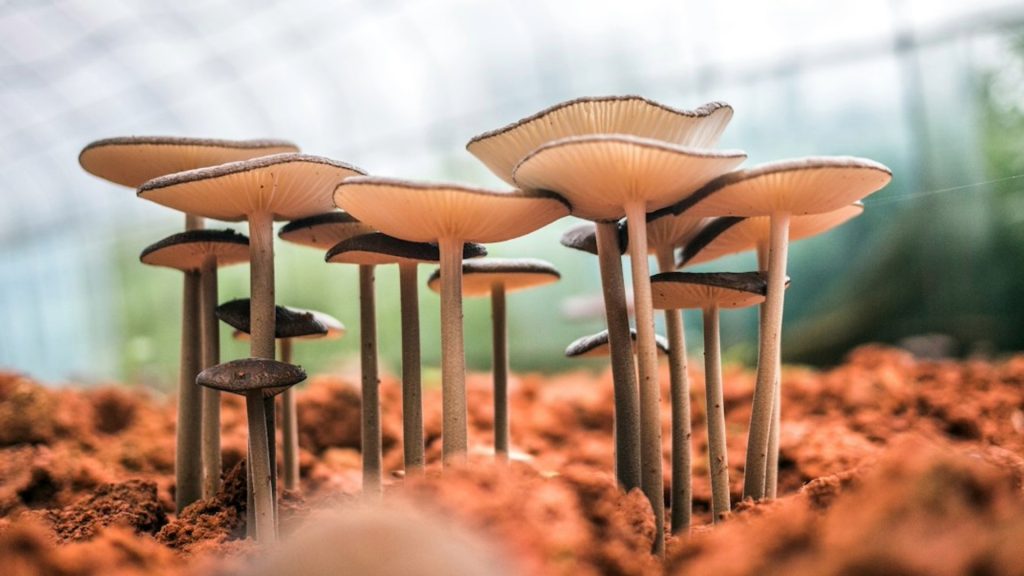
Furthermore, researchers have explained that this bio-fabricated substance would need advanced machine technology to make regular construction possible.
There Is Still More Work To Be Done
In simple terms, you can refer to mycocrete as a fungal biomaterial that is both strong and versatile. However, it is not yet developed enough to replace concrete.

As research continues, there is the hope that mycocrete will evolve to the point where it can replace concrete in some parts of the building. The ultimate goal is that it replace whole concrete blocks, which would have a great positive impact on the environment.
The Uses Of Fungi Are Endless!
The unique chemical and biological properties of fungi set them apart from other organisms in our world today.
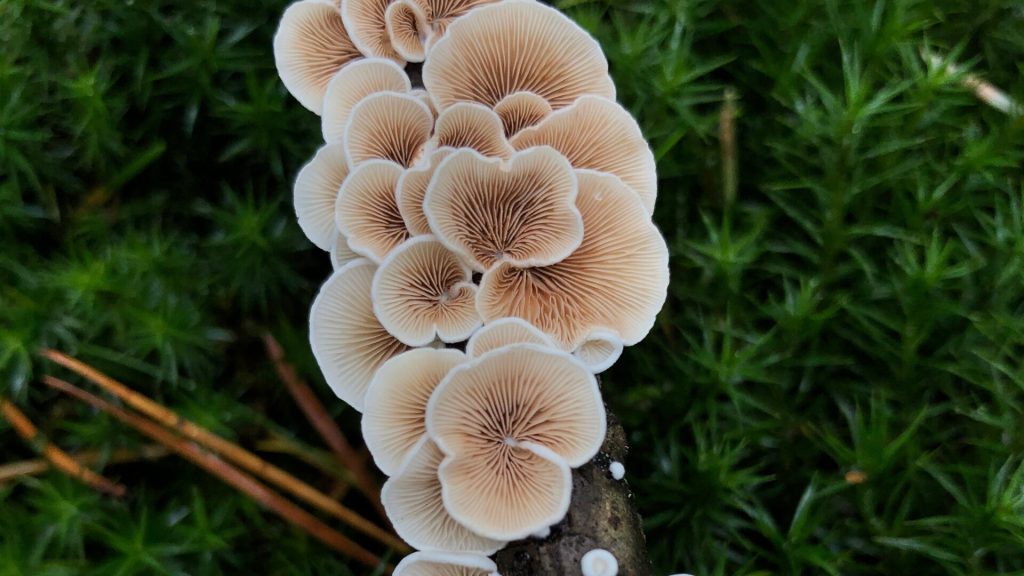
They have the potential to be good substitutes for concrete, leather, plastics, and even meat! The list is almost endless. As scientists further delve deep into the fungal ecosystem, who knows what else they’ll discover that could change our future?



